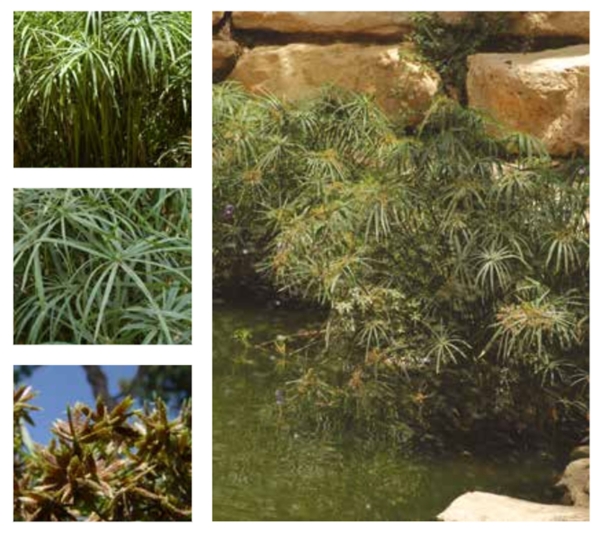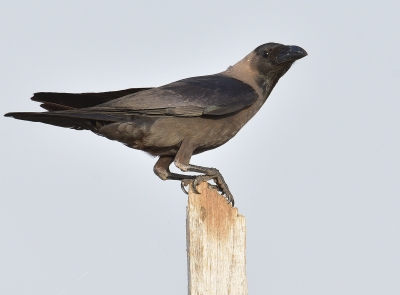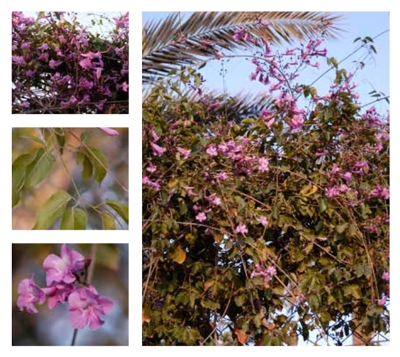
The Umbrella Sedge Plant (Cyperus involucratus, Cyperaceae) is a semi-grass-like plant from the Cyperaceae family. It is cultivated in Riyadh Province, in the Kingdom of Saudi Arabia, and its native habitat includes the southern regions of Africa and the island of Madagascar.
Growth environment of the umbrella sedge plant
The umbrella sedge plant was previously found only near water sources, but it has since naturally spread to drier soils, adapting to moderately moist soil conditions with less aggressive site invasion. It thrives in partially sunny locations, though frost affects its growth; however, it quickly resumes growth once temperatures improve in the spring.
The umbrella sedge is an evergreen plant, best suited for wetland environments. It commonly grows along riverbanks and pond edges. Its stem grows upright, supporting leaves that radiate in a circular pattern at the top. The plant produces brown flowers that bloom in the summer.
Cultivation of the umbrella sedge plant
The umbrella sedge plant is cultivated for its aesthetic appeal, creating a lush effect when grown near water sources. It propagates through seeds or cuttings at any time of the year. Its care is limited to removing dead leaves or those that affect its appearance. If left unpruned and grown in a suitable environment, it may cover entire ponds and small wetlands.
Types of the umbrella sedge plant
There is a dwarf variety of the umbrella sedge plant, Cyperus involucratus f. gracilis, which grows to about thirty cm in height and is cultivated in pots as an indoor ornamental plant. Another variety, known as 'Variegatus,' reaches approximately 1.2 m in height and has leaves with white edges.
Related quizzes
Related articles


